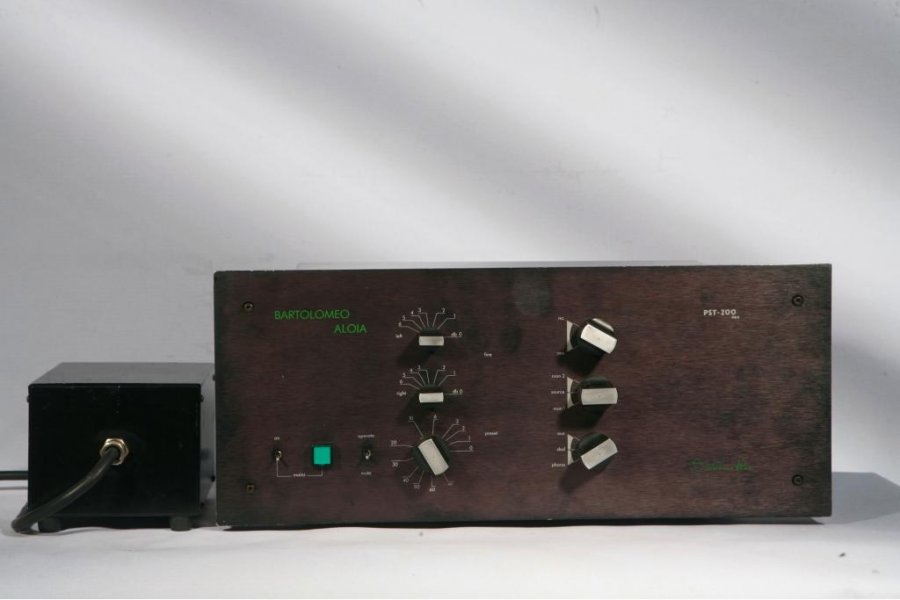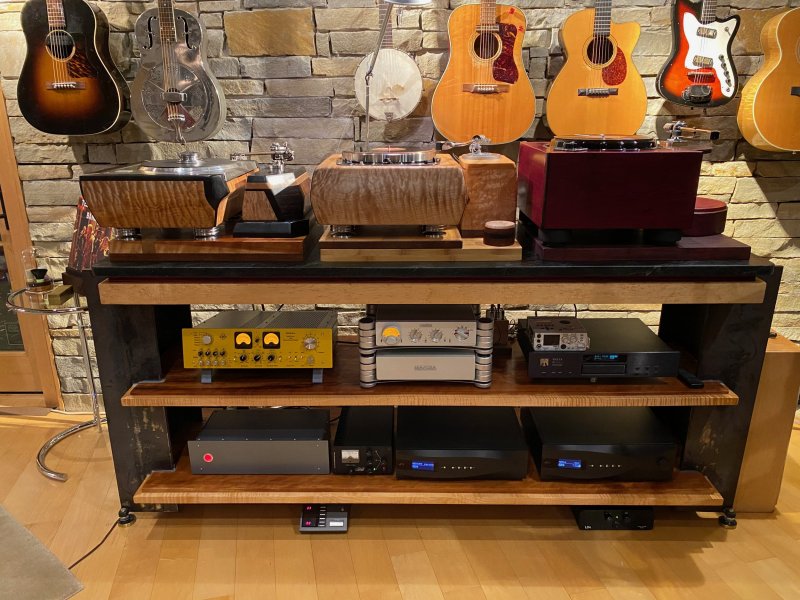I disagree, as they ( passives ) can. It requires a power amp with sensitivity matching consumer line level , and to have shunt resistances and series independent of each other. In this scenario there is more than adequate if not bountiful dynamics and drive.I think active preamps are the only devices that provide the positive attributes of increased drive and dynamics I've described when placed between DAC and Amplifiers.
Passive devices, by definition, cannot and do not do this.
Last edited:

















